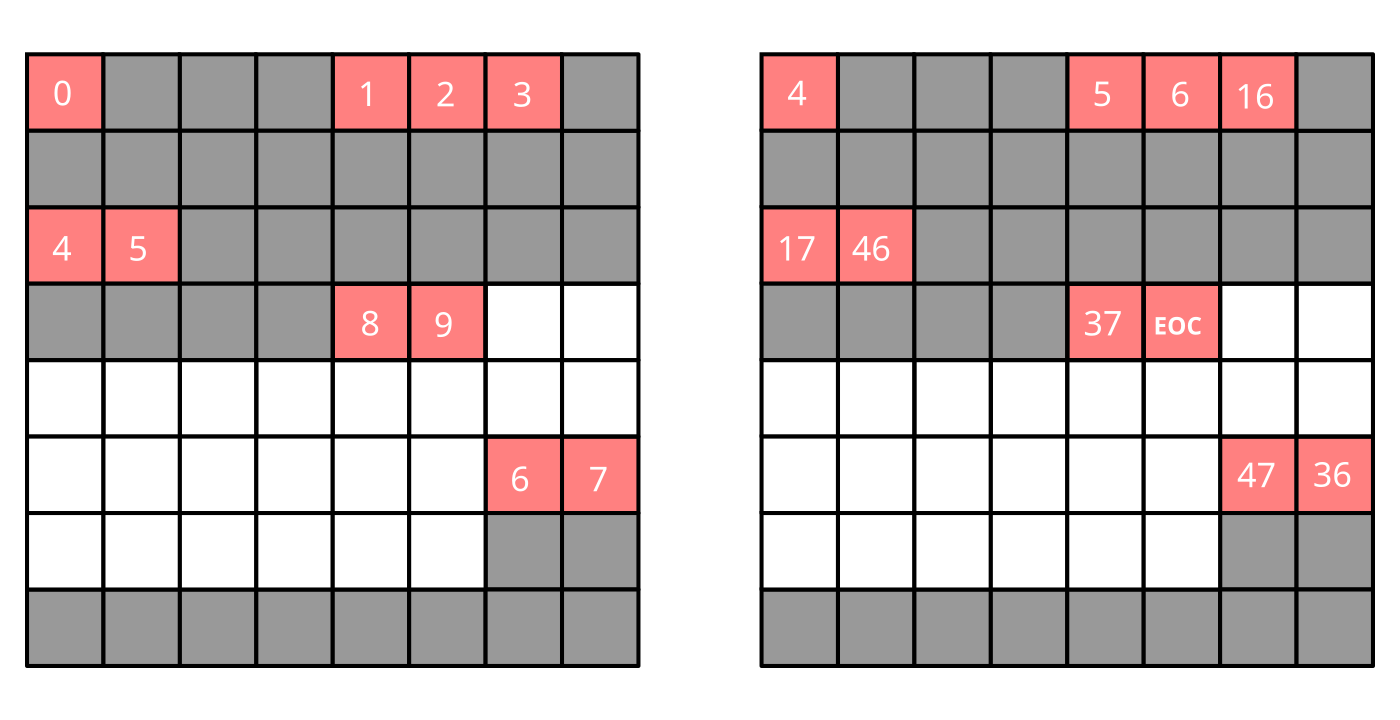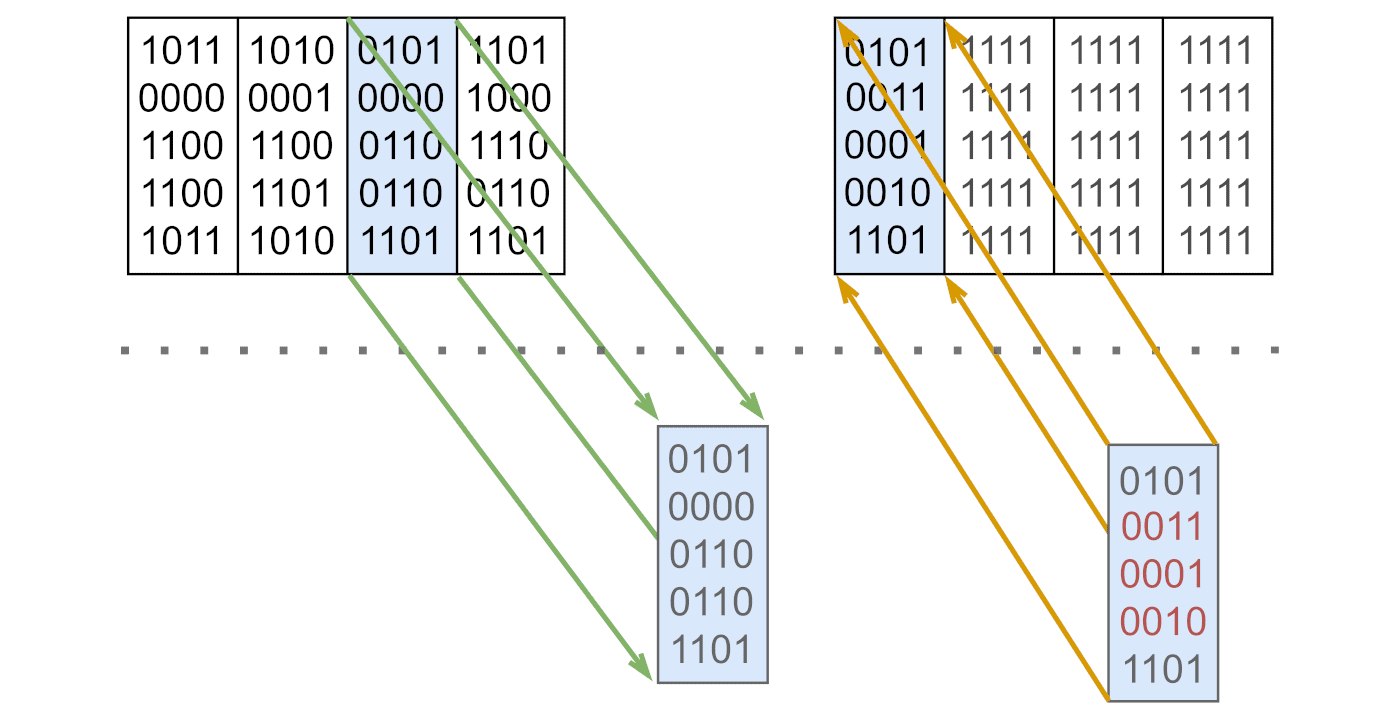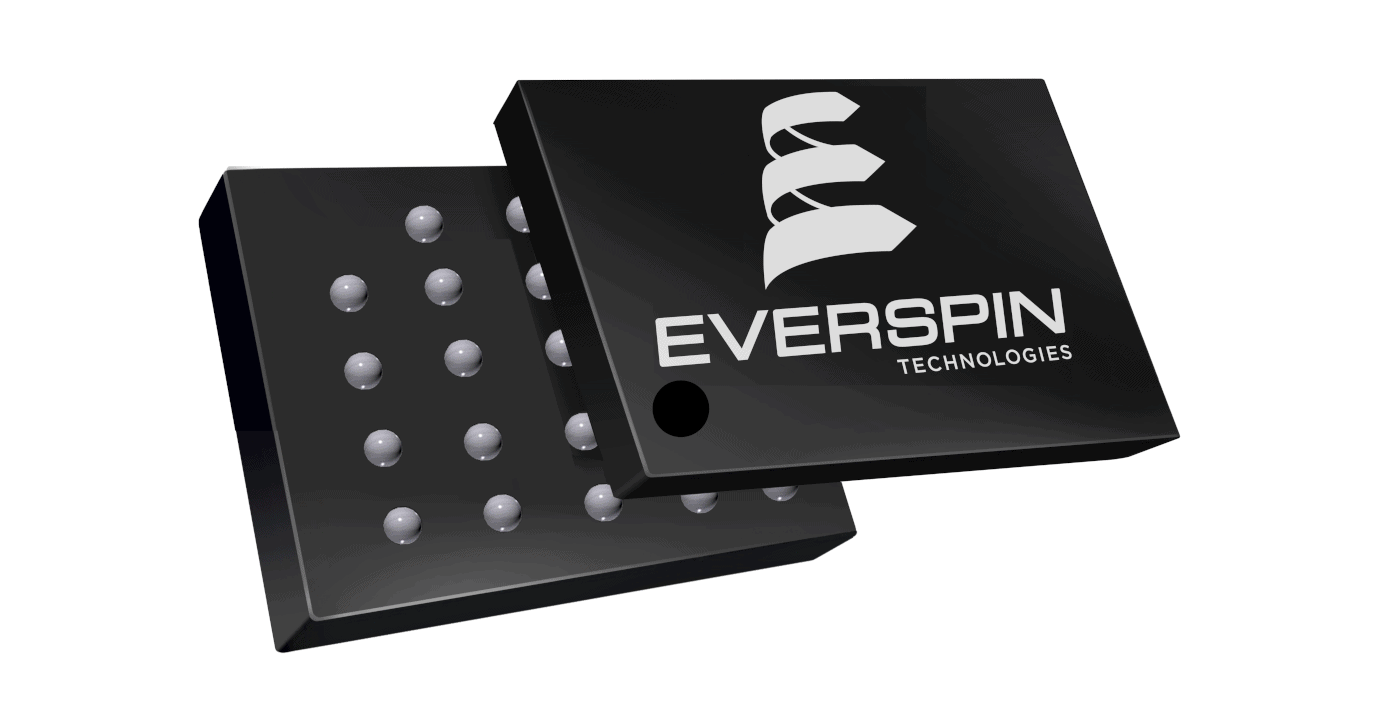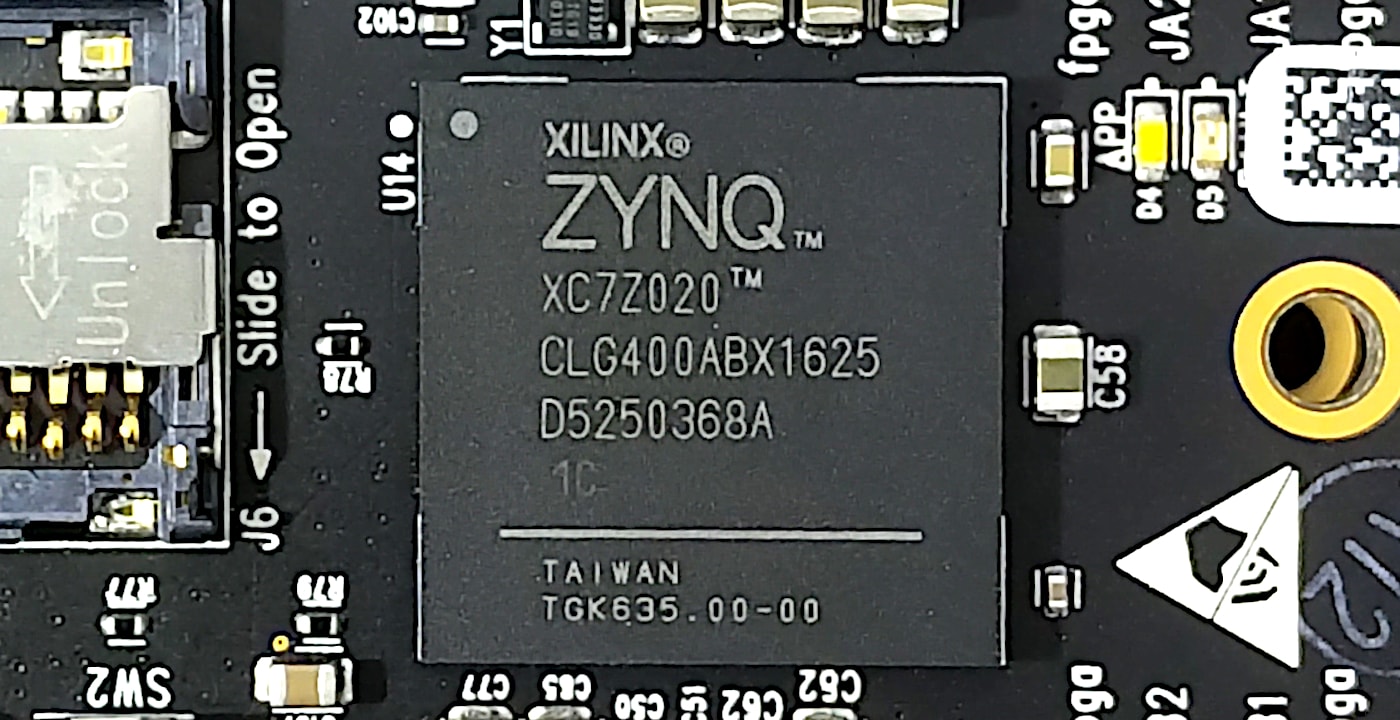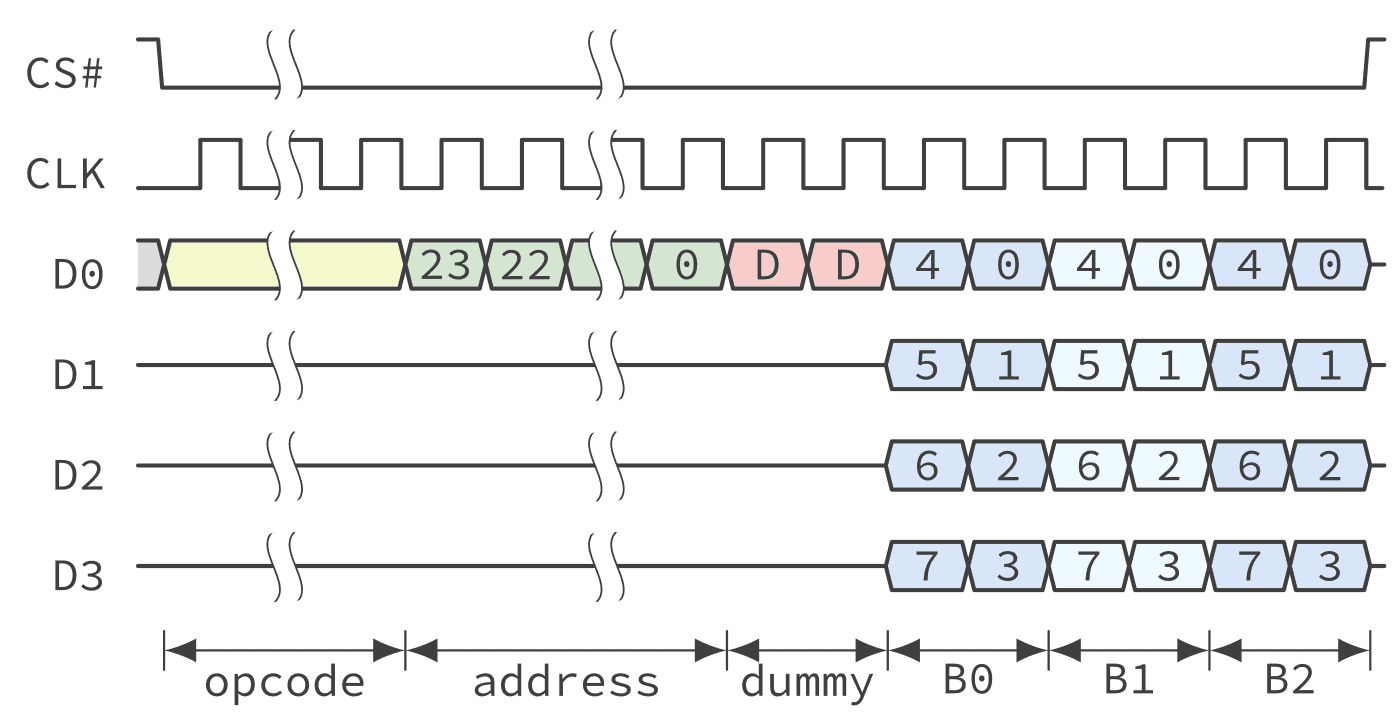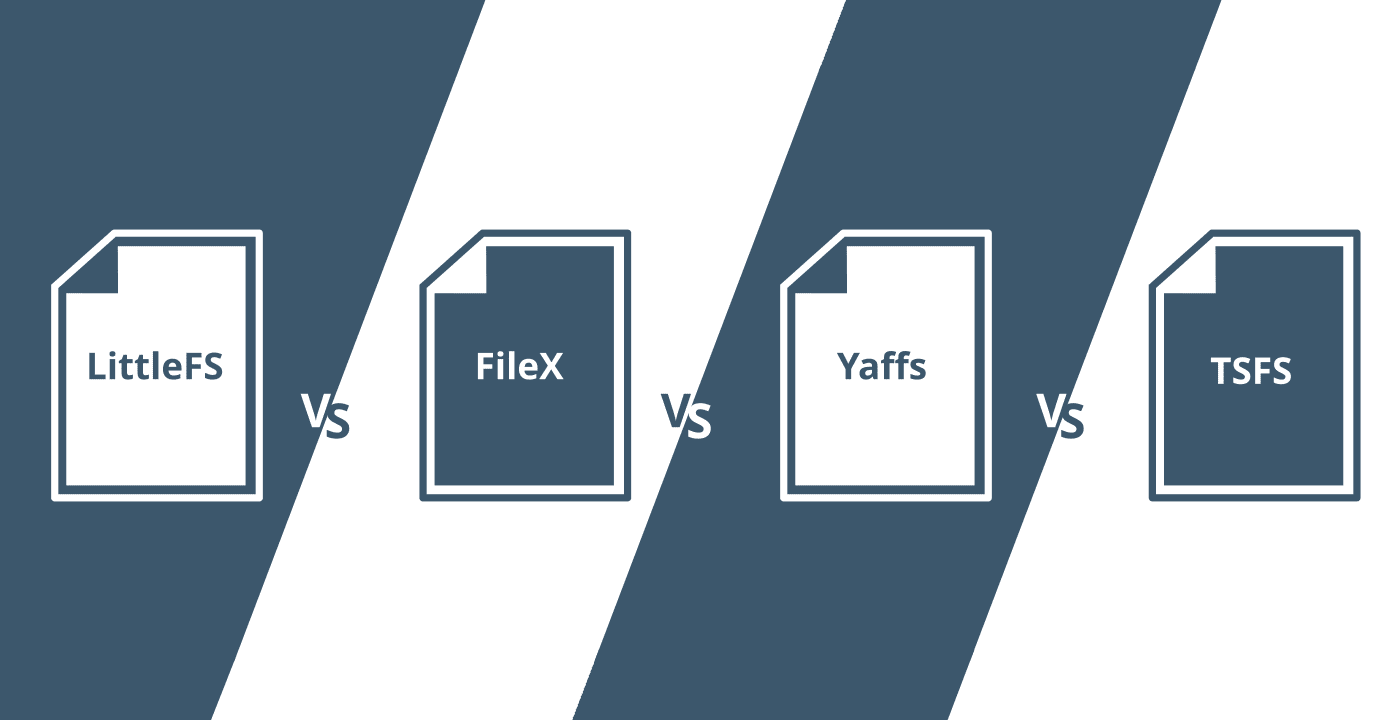
Comparing 4 Popular Embedded File Systems
In this article, we discuss 4 popular NOR file systems, commonly used in bare metal and RTOS-based embedded systems: LittleFS, Yaffs, FileX and TSFS. We provide a brief description of each file system and compare their performance, RAM consumption and other specific advantages and limitations. Of course, there are other file systems and storage solutions
